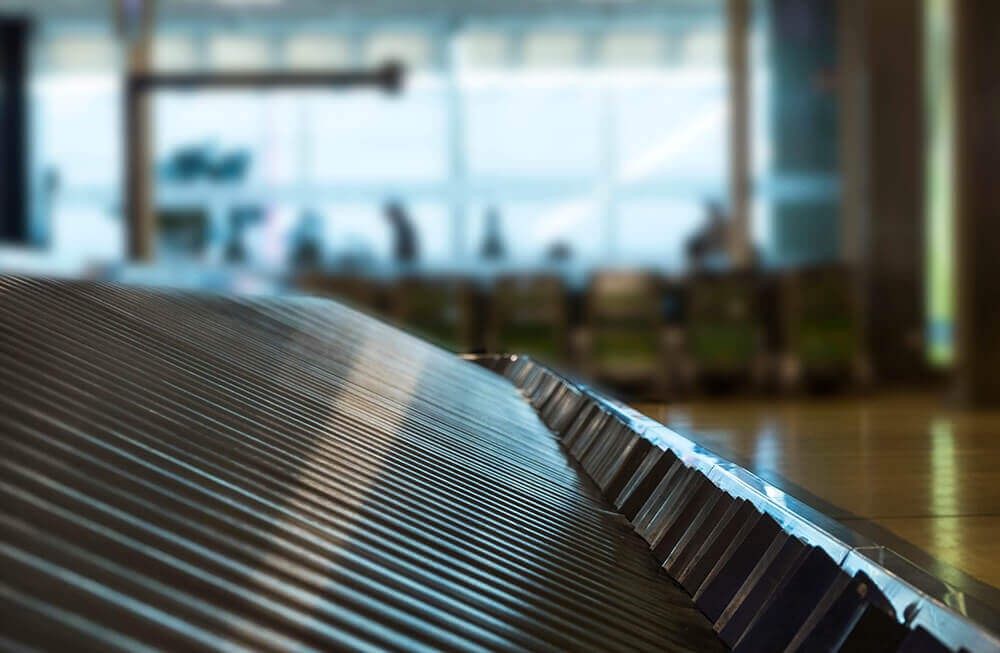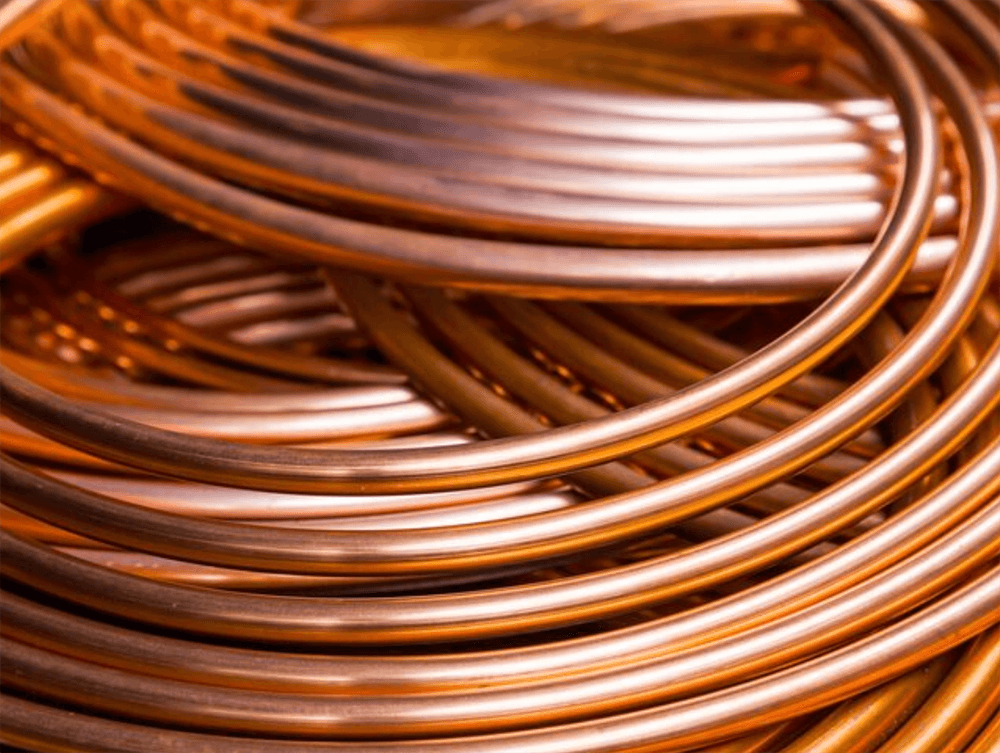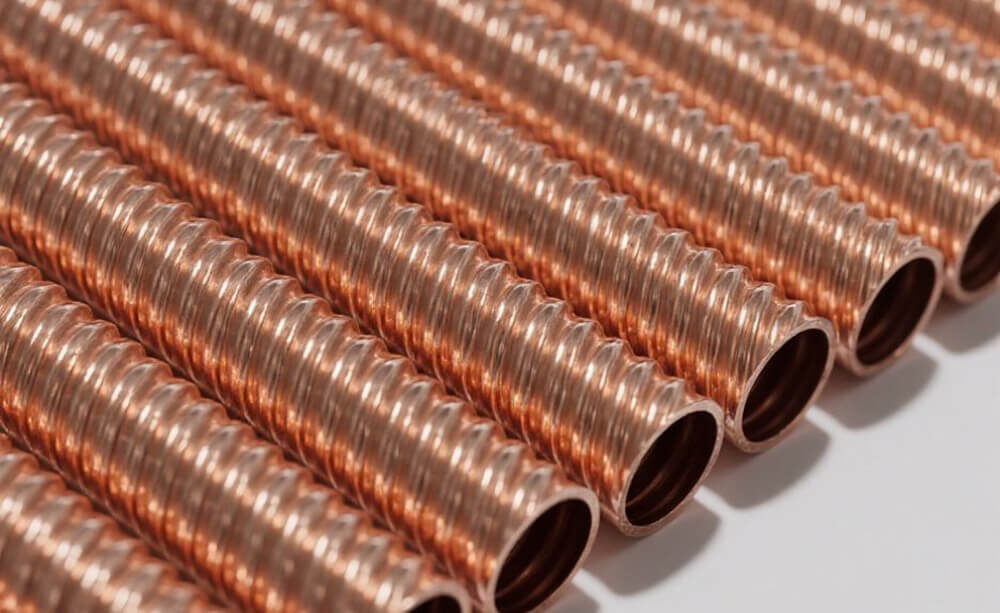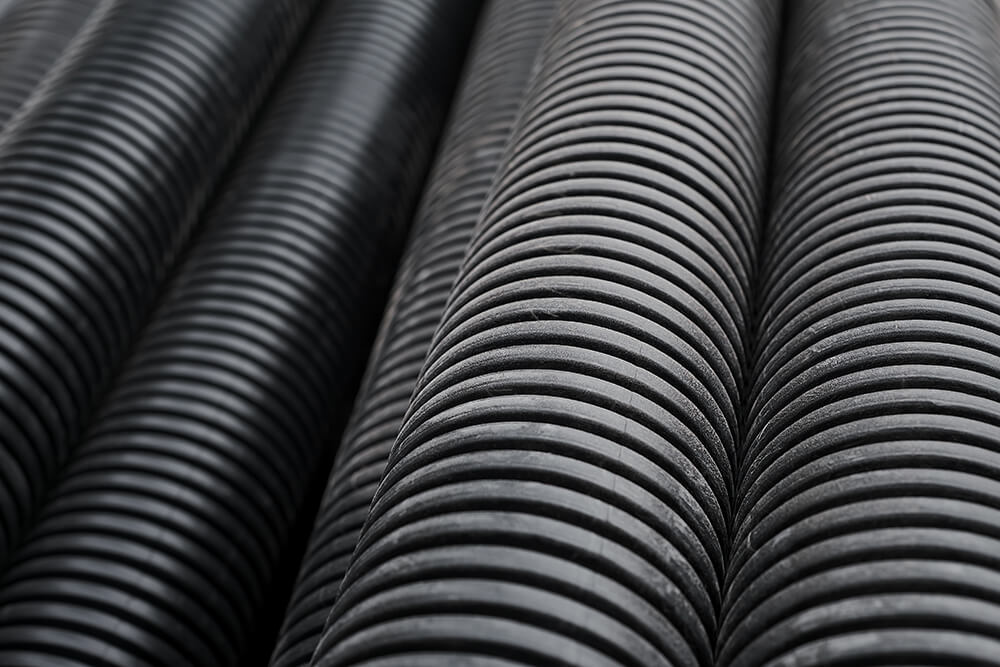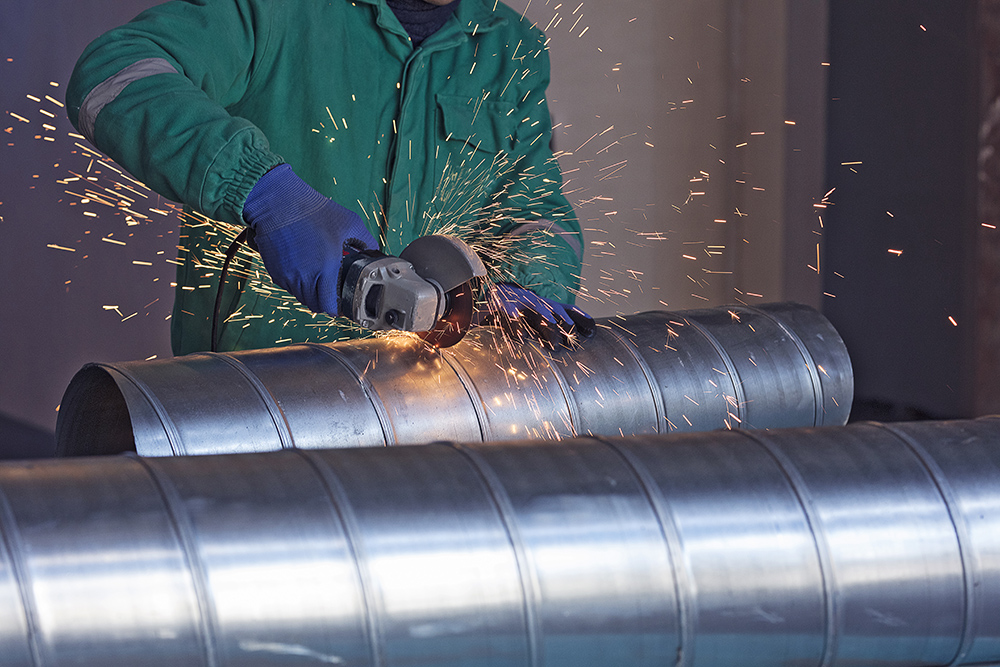In the heat exchanger, the core component of an air conditioning system, it is vital that aluminum fins work in conjunction with copper tubes, which together perform the critical task of heat exchange. However, this combination faces a variety of corrosion challenges during long-term use, and these corrosion issues not only affect the performance and efficiency of the air conditioner, but can also lead to equipment failure and a shortened service life. Today, we will discuss in depth what corrosion will occur when they cooperate and how to prevent it.
First, the type of corrosion that may occur
1. Electrochemical corrosion: from the material characteristics, copper tube and aluminum fins between the existence of a large potential difference, copper to hydrogen electrode potential of +0.34V, aluminum to hydrogen electrode potential of -1.66V, copper and aluminum between the electrode potential difference as high as 2V, equivalent to a dry cell voltage of 1.3 times. In the presence of electrolyte conditions, as in a humid environment, moisture and impurities in the air dissolved to form an electrolyte, copper tubes and aluminum fins will constitute a primary battery, aluminum as the negative pole to lose electrons, and continue to be corroded, the formation of loose aluminum oxide corrosion layer. Especially when the air conditioning refrigeration, indoor unit (evaporator) has been condensate in the copper tube and aluminum fins, for electrochemical corrosion to create a continuous condition. The outdoor unit (condenser) is in the acid rain, rain, humid air, etc., the same can not avoid the generation of galvanic corrosion. With the increase of service life, the aluminum foil surface without hydrophilic coating part of the first corrosion, and gradually expand to the part of the hydrophilic coating, causing hydrophilic coating of the denaturation, fission, resulting in a significant reduction in the efficiency of heat exchange.
2. Accumulated corrosion: air conditioning operation process, airborne dust, impurities and minerals in the water will gradually accumulate on the surface of the heat exchanger and the internal piping, the formation of dirt. The dirt may contain chlorine, sulfide substances, they react with copper to generate salts dissolved in water, reducing the corrosion potential of copper pipe, accelerating the corrosion process. For example, when the chloride in the dirt and copper pipe contact, will trigger a series of chemical reactions, making the surface of the copper pipe corrosion speed up, the corrosion area gradually expand, affecting the normal operation of the heat exchanger.
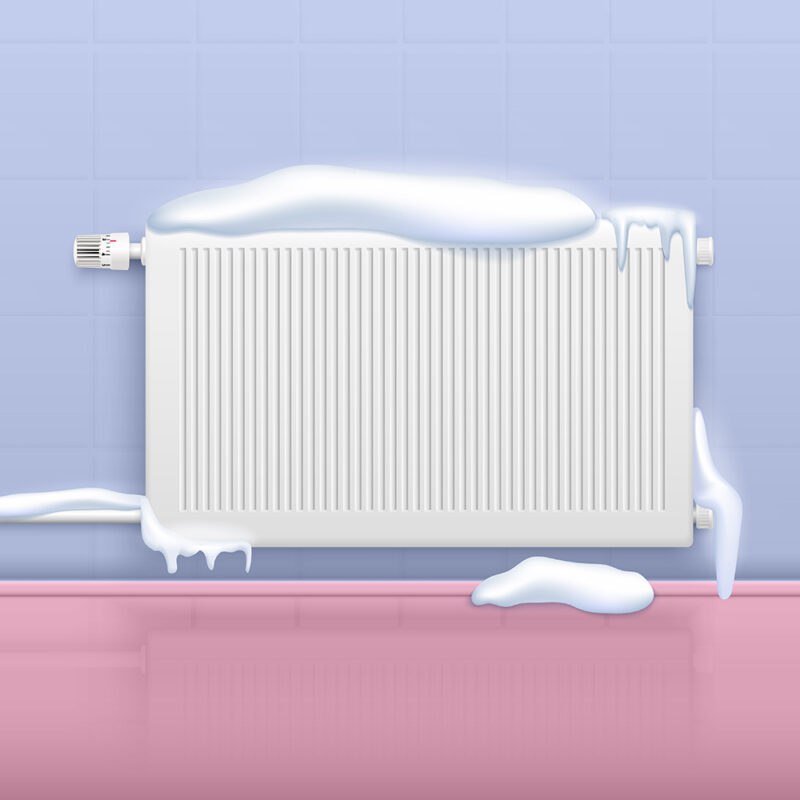
3. Stress corrosion cracking: in the manufacturing, installation and operation of air conditioning, copper tubes and aluminum fins will be subject to a variety of external forces. For example, in the installation, if the copper tube is subjected to excessive bending or stretching, it will lead to stress concentration; in operation, due to temperature changes caused by thermal expansion and contraction, will also make the copper tube and aluminum fins to withstand a certain amount of stress. When these stresses reach a certain level, it may trigger stress corrosion cracking, especially in the copper tube and aluminum fin connection parts, this situation is more common. Stress corrosion cracking usually occurs without obvious warning, and once it occurs, it may lead to serious problems such as refrigerant leakage, affecting the normal use of air conditioners.
Second, preventive measures
1. Material selection and improvement: choose better corrosion-resistant materials, such as quenched and age-quenched copper, this type of material has a more stable chemical properties, can resist corrosion to a certain extent. In the corrosion-prone areas using special corrosion-resistant materials such as titanium alloy lining, titanium alloy has excellent corrosion resistance, can effectively protect the internal copper tube and aluminum fins. For the electrochemical corrosion problem caused by the potential difference between copper and aluminum, the use of copper-aluminum composite tube is a good solution. This composite tube has no thermal resistance between the copper and aluminum, the outer layer of aluminum alloy and aluminum fins also has no potential difference, in the air conditioning life cycle, theoretically does not produce galvanic corrosion, fundamentally eliminating the causes of a significant decline in energy efficiency.
2. Process optimization: During the manufacturing process, the manufacturing process is strictly controlled to ensure the machining precision of the copper tube and aluminum fins, and to reduce the stress concentration caused by machining defects. For example, advanced tube expansion process is adopted to make the copper tube and aluminum fins closely combined, while avoiding stress damage caused by excessive tube expansion. In the welding process, select the appropriate welding materials and welding parameters to ensure the welding quality and reduce the corrosion potential of the welded parts. When installing, operate in strict accordance with the specifications to avoid unnecessary external damage to the copper tube and ensure the installation quality of the air conditioning system.
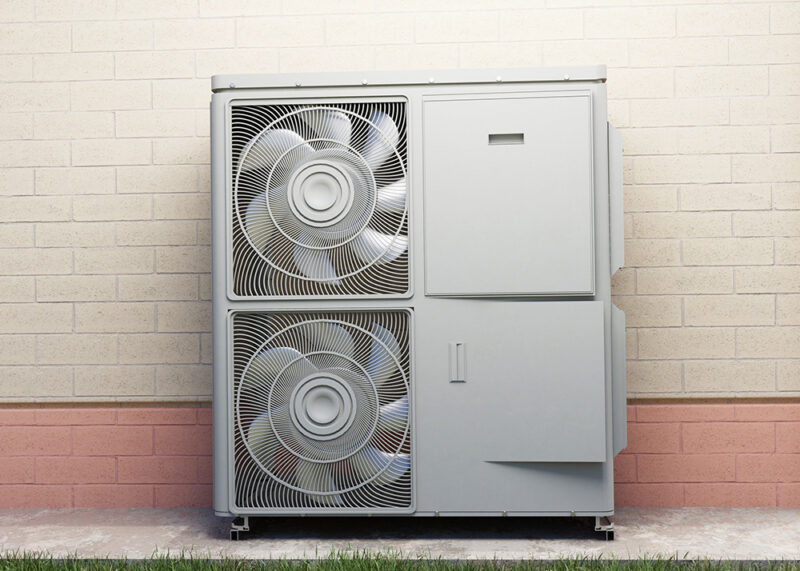
3. Protective coating application: applying protective coatings to the surface of copper tubes and aluminum fins is an effective means of preventing corrosion. For example, the use of acid and alkali corrosion-resistant coatings, such coatings have excellent acid and alkali resistance, good adhesion, thermal stability and ease of construction and other advantages, can effectively resist and prevent acid, alkali, chloride ions and other corrosive media contact with the metal surface, thus preventing corrosion from occurring. Titanium dioxide coating on the surface of aluminum fins can not only prevent the formation of water bridges between fins to block the air duct phenomenon due to the failure of hydrophilic coatings for air conditioning, but also slow down the corrosion and energy efficiency ratio of the attenuation.
4. Daily maintenance: Regular cleaning of the air conditioner to remove dirt on the surface and inside the heat exchanger to reduce the risk of corrosion. When cleaning, you can use professional air conditioning cleaner and follow the correct method. Check the operating condition of the air conditioner, discover and deal with abnormalities in a timely manner, such as the discovery of deformation, cracks and other problems with the copper tube, to be repaired or replaced in a timely manner. When the air conditioner is not in use for a long time, take protective measures, such as covering the dust cover, to avoid the erosion of the heat exchanger, such as dust and moisture.
Third, the conclusion
Air conditioning heat exchanger in the aluminum fins and copper tubes with the corrosion problem can not be ignored, through an in-depth understanding of the type of corrosion, to take targeted preventive measures, from the materials, processes, coatings, as well as maintenance and other aspects of the hand, you can effectively reduce the risk of corrosion, improve the performance and reliability of the air conditioning, extend its service life, to provide users with a more stable and efficient use of the experience.

